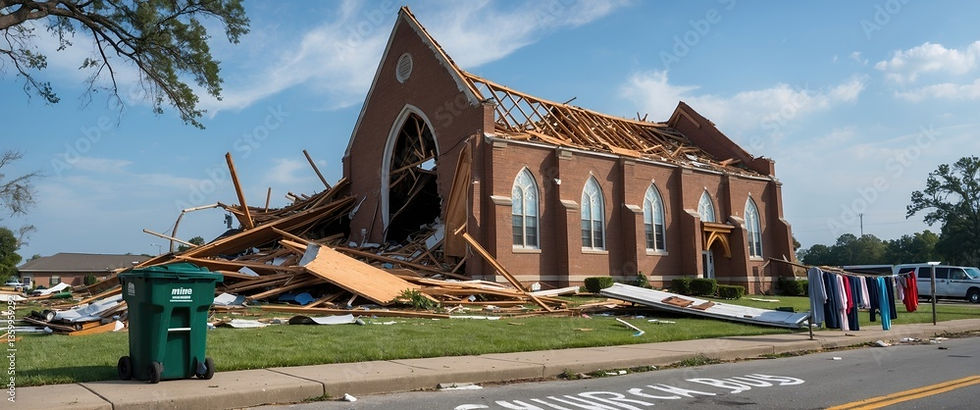New Insurance Industry Reports Reveals Why Insurers May be Denying Roof Claims: What Can be Done About It?
- Inge Johnstone
- Apr 23
- 4 min read

Insurance Vendor Verisk, which provides analytics to the insurance industry recently released a report that that sheds some light on why certain insurance companies may be denying and minimizing more roof damage claims. The Verisk report notes that roof repair and replacement costs industry-wide reached $31 billion in 2024 which was nearly a 30% increase since 2022. According To Verisk:
Roof related line items made up more than a quarter of all residential claim value in 2024. Wind and hail were the predominant drivers of these loss costs, accounting for more than half of all residential claims. Since 2022, non-catastrophic wind/hail roof claims increased from 17 percent to 25 percent, highlighting the growing impact of this peril despite the greater focus often placed on catastrophic events.
The report further breaks down some of the granular detail from these roof loss claims:
Roofs with moderate to poor condition issues have 60 percent higher lost costs than those in good or excellent condition.
Currently, 38 percent of U.S. residential homes have roofs with moderate to poor condition issues via Verisk’s Aerial Imagery Analytics solution. However, roofs tend to be in better condition in the western region of the U.S. vs. the eastern part of the country where they are exposed to more weather variability.
Shape, size and materials can impact a roof’s life and resiliency
Roofing materials can play a key role in roof life and durability. For example, asphalt shingles are used on 80 percent of roofs in the U.S. In hail-prone states, average roof lifespan is 15 years, compared to 22 years in western states with less severe weather like Nevada, Arizona and Utah.
Around 29 percent of U.S. homes with asphalt shingles have less than four years of remaining useful roof life according to insights from Roof Age®. States such as West Virginia, Connecticut, New Jersey and Massachusetts have the highest percentage of roofs with less than four years of remaining roof life, which in turn can result in 50 percent more damage during severe weather, compared to roofs with 8+ years of remaining life.
Roof shape affects weather resilience; 20 percent of U.S. homes have hip-styled roofs which are more resistant to wind damage. Florida and Louisiana have the highest percentage of such roofs.
Bad Faith Practices to Deny or Underpay Replacement Cost Roof Claims
Are Not The Answer
Because of these increasing losses, many insurers may be tempted to reduce claims payments on roofs despite their obligations under their policies. In addition, we see more and more insurers claiming that wear and tear is the reason for a loss and not a particular storm event, even when the roof did not leak before the storm event. However, this is not an appropriate reason for denial of a claim because even if a certain loss is made easier or magnified by the age of a roof, the purpose of replacement cost coverage is to pay the full cost of what it costs to replace a roof.
When the insurance industry began offering replacement cost coverage for homes, the selling point was that this coverage would restore the home to its pre loss condition without regard to depreciation or age or condition or of the materials. As one Court explained:
Unlike actual cash value insurance, in which the insured is made whole but not put in a better position, replacement cost coverage “reimburses the insured for the full cost of repairs, if he repairs or rebuilds the building, even if that results in putting the insured in a better position than he was before the loss.” As an optional coverage that may be purchased, it is more expensive because the rate of premiums is higher and the amount of insurance to which that rate applies is usually higher.
***
Thus, “[w]hen the insurance industry adopted a standard extension of coverage endorsement to provide replacement cost, it took into account the one great hazard in providing this kind of coverage: the possibility for the insured to reap a substantial profit, if [a loss] occurs.”
Erie Insurance Exchange v. Sams, 20 N.E.3d 182, 190 (Ind. Ct. App. 2014). As a result, when the insurer sets insurance premiums for replacement cost coverage, the underwriters at the insurance company should be considering the fact that the roof will be in a weakened condition because it is older and that the insurance company will have to pay for new materials despite this condition. That is the promise to the policyholder.
If the insurance company does not want to keep this promise, then it should only issue actual cash value coverage on roofs. However, replacement cost means exactly what it says. In addition, as the Verisk article points out, insurers have the opportunity to inspect and underwrite roofs before they insure them and collect premiums on them. They should not be allowed to engage in post-claims underwriting by denying claims on roofs due to poor condition when they insured the roofs in the first place. This is an unfair tactic and violates the word of the insurance company and the rights of the policyholder. If you are a business or homeowner with a roof claim that is being underpaid or denied, contact us immediately. We will evaluate your case and see if we can help you.



